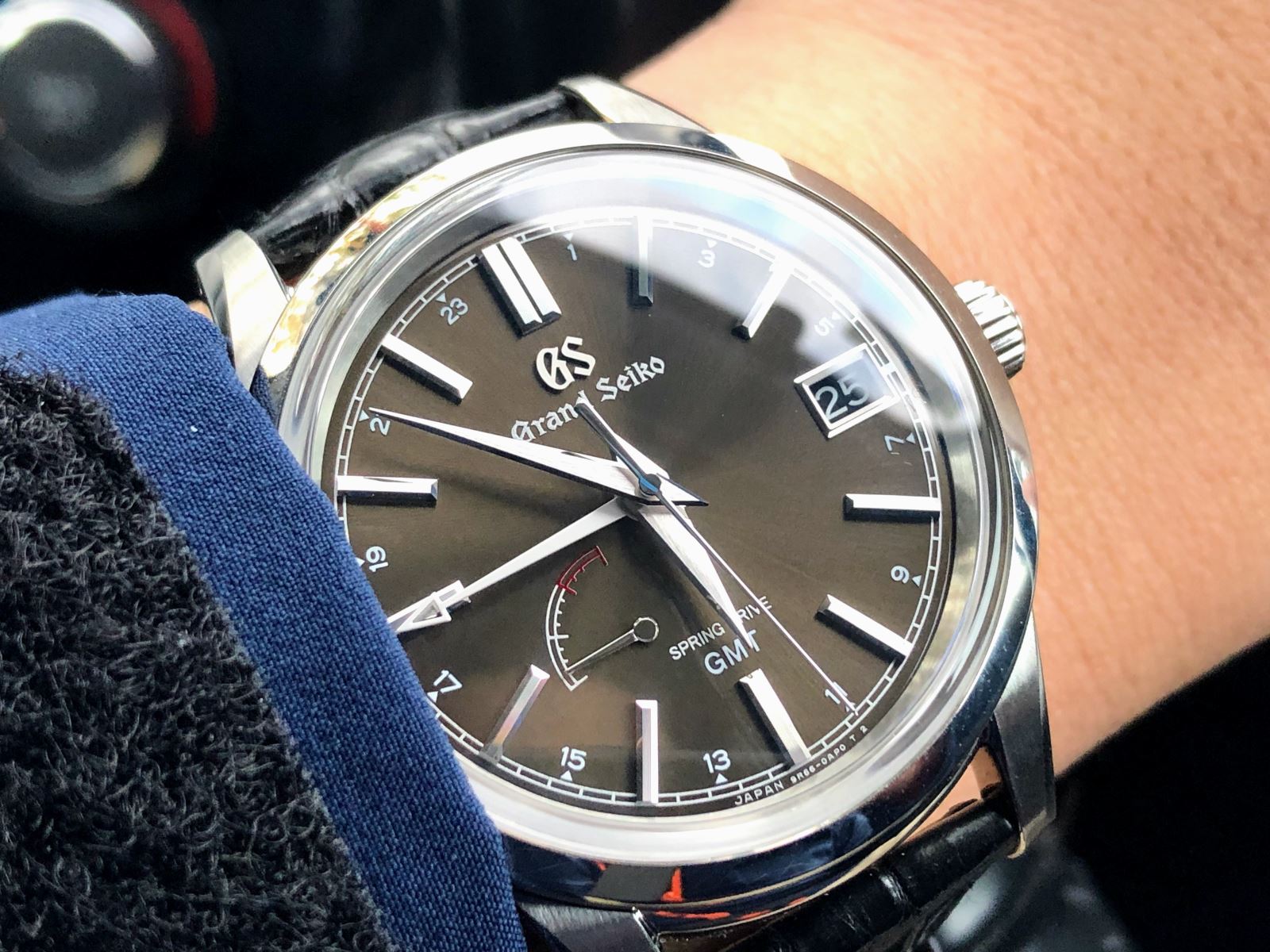GMT watches – what are they?
Why own a GMT watch?
Having a GMT watch means you can have an additional time zone in your watch. This is mostly useful for frequent travellers who crosses different time zones. However, what people don’t often realise is that choosing a GMT watch can be harder than expected.
Kinds of GMT watches
Outside of quartz, rare watches and rare GMT complications, there are normally two common kinds of GMT watches.
The first one is what people call “true GMT” or the “traveller’s GMT” which is a quickset hour hand. In this implementation, the GMT hand acts as the 24 hour home time and your 12 hour hand as the local time. If you cross time zones, just pull the crown, set the hour hand forward or backward by hour increments and push the crown back in. The 24 hour GMT hand doesn’t move making this the ideal solution. One downside is if you need to change dates drastically like 15th to 1st of a month, you need to wind the hour hand all the way as there’s no quickset date.
The latter is a different sort of implementation which is a quickset GMT hand. If used the same way as a “true GMT”, there will be an extra step involved in setting time as adjusting the hour hand also adjusts the GMT hand. In effect, this is why it’s not called as a real GMT watch. However, it’s not the end of the world. Some people use the GMT hand to track another time zone due to the GMT hand being independent or are more than happy to do the extra step.
One of the biggest annoyance with this implementation is how easy the date breaks. Since it has a quickset date feature, the movement is affected by the forbidden zone. That means you can’t use it between 8pm and 4am in most cases. However, it’s easily avoidable if you use the quickset date when the hands are at 6.
What are some samples of each kind?
Most Grand Seiko watches and Rolex GMT Master II for example are considered “True GMT”. You can flick the hour hand back and forth and it wouldn’t break the date.
The best sample for the other GMT watch is any watch that has a “ETA 2893-2” movement. This movement is often used by some entry level companies like Hamilton and Sinn and by microbrands such as Farer, Steinhart and Christopher Ward.
Which type of GMT watch should I get?
There’s no perfect answer as budget plays a huge part. Watches that are using the ETA movement costs 1/5th to 1/7th of mechanical GMT watches. If one only needs the appeal of a GMT on a budget, then the ETA should suffice. On the other hand, if budget is not a factor and one would like the extra complication to use, then there’s plenty of option.
Are other ways of tracking time zones?
There are two other popular ways to tell time in a different time zone, a dual time and a world time.
A dual time would be another main dial on the watch to track two timezones simultaneously as well. One good example is the JLC Reverso Duoface where the main dial would be showing local time and you would flip the watch to set the other time zone.
A world time would be tracking multiple timezones. This is useful if you need to track several time zones in a given time and mostly would be tracking the 24 time zones at once. The outer bezel would show the 24 major cities while the inner bezel would show a 24 hour bezel. For example, if you need to track a certain time zone, all you have to do is rotate the outer bezel to the current time of the city.
Patek Philippe has an example of a very nice world time.
Overall, there’s plenty of options if one wants to track multiple time zones. There’s no one size fits all and it would all depend as to budget and requirements.













